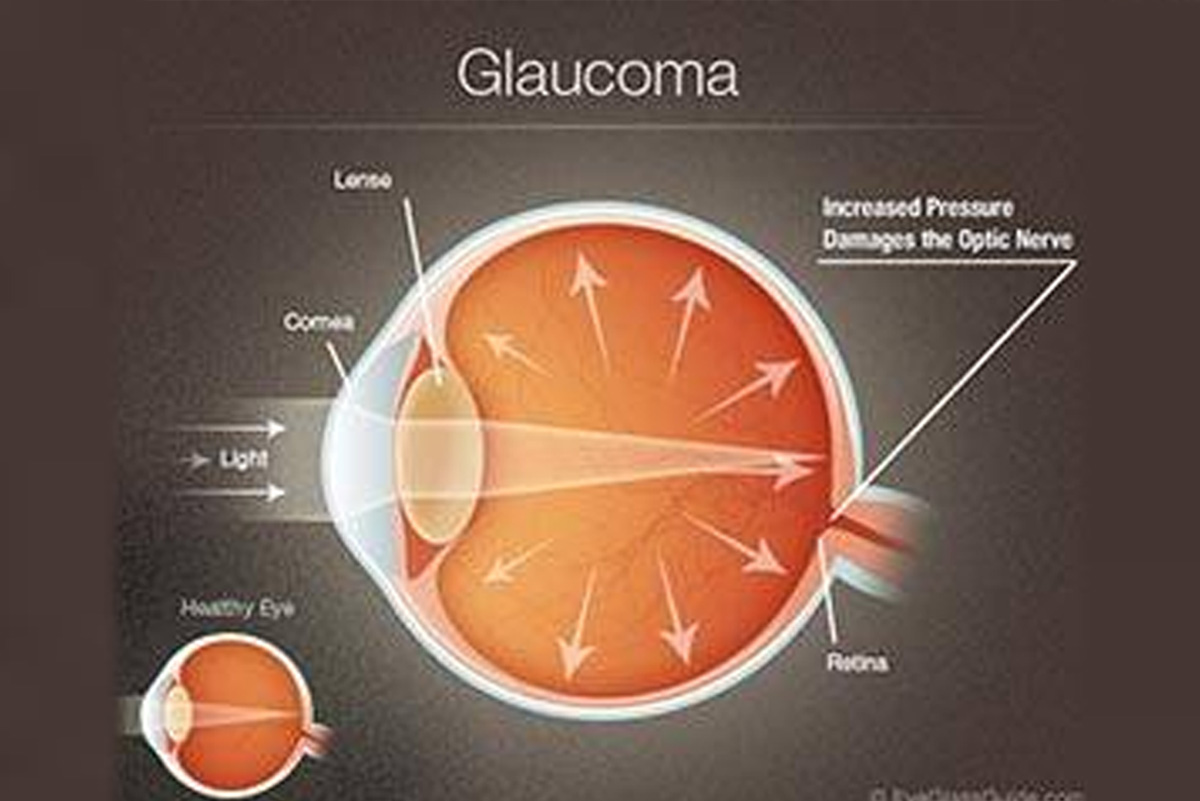Glaucoma refers to a group of eye diseases that damage the optic nerve, often referred to as ‘the silent thief of sight’. This nickname stems from the fact that glaucoma progresses unnoticed in its early stages, usually without pain or noticeable symptoms. Left untreated, it can lead to irreversible vision loss, typically beginning with the loss of peripheral vision. Here are 7 important facts about glaucoma to help you understand this condition and how to prevent it.
1. How Common Is Glaucoma?
Glaucoma is more common than many people realize. According to the National Eye Institute of the National Institutes of Health, more than 4 million people in the United States are affected by this disease. As a result, it’s crucial to understand how common glaucoma is and how early detection through glaucoma testing and treatment can prevent serious vision loss.
2. Glaucoma Damages the Optic Nerve
The hallmark of glaucoma is damage to the optic nerve, which is responsible for transmitting visual information from the eyes to the brain. This damage is typically caused by an increase in intraocular pressure (IOP), although glaucoma can occur even with normal pressure levels. It is important to note that glaucoma testing goes beyond measuring eye pressure, as fluctuations throughout the day can make IOP alone an unreliable indicator.
3. Early Stages Affect Peripheral Vision
In the early stages, glaucoma often causes a gradual loss of peripheral vision—the vision you use to see objects outside of your central line of sight. If untreated, this visual impairment can progress to complete blindness. It’s essential to have regular eye exams to catch glaucoma early, before significant vision loss occurs.
4. Glaucoma Testing and Diagnosis
The best way to detect glaucoma is through a dilated eye exam. During this exam, your eye doctor will inspect your optic nerve for any signs of damage. They will also measure your intraocular pressure (IOP), although high pressure alone is not always sufficient to diagnose glaucoma. Glaucoma testing may also include visual field tests and digital retinal scanning for a more comprehensive assessment.
5. Risk Factors for Developing Glaucoma
While anyone can get glaucoma, certain factors increase the likelihood of developing the condition:
- Over the age of 40
- Diabetes
- High blood pressure
- African American or Hispanic descent
- Family history of glaucoma
If you have any of these risk factors, it’s crucial to speak with your eye doctor about regular glaucoma testing and early intervention.
6. Treatment Options for Glaucoma
Glaucoma can be controlled through various approaches aimed at reducing eye pressure. Treatment options include:
- Medicated eye drops to help lower IOP.
- Laser procedures and minor surgeries to treat different types and stages of glaucoma.
These treatments can significantly reduce the risk of vision loss if started early and followed consistently. Your eye doctor will determine the best treatment for your specific case.
7. Early Diagnosis is Key to Preventing Vision Loss
The best way to prevent vision loss from glaucoma is through early diagnosis. Scheduling a comprehensive eye exam at least once a year, especially if you’re at risk, is essential to detect glaucoma early. Regular eye exams allow your eye doctor to monitor your eye health and prevent the condition from advancing to a point where vision is permanently impaired.
Don’t let glaucoma steal your sight. Regular eye exams and glaucoma testing can help you stay on top of your eye health. Schedule an appointment with your eye doctor today to learn more about glaucoma treatment and how to protect your vision.
